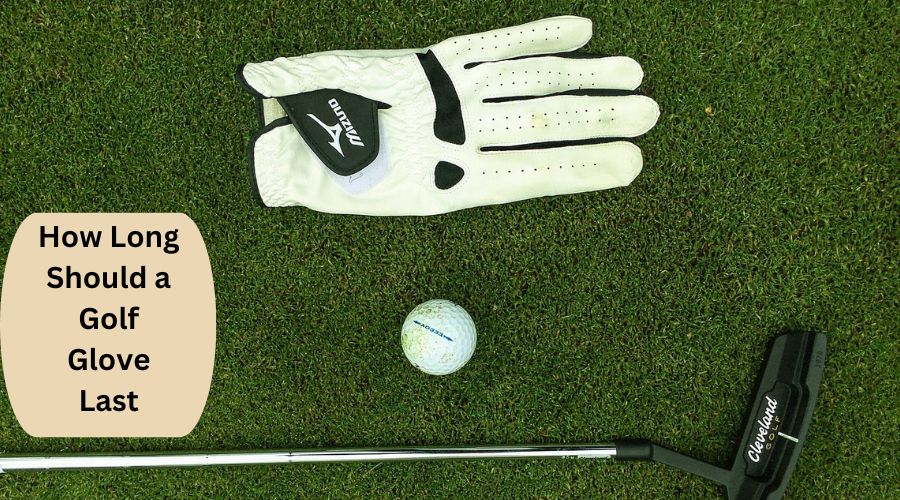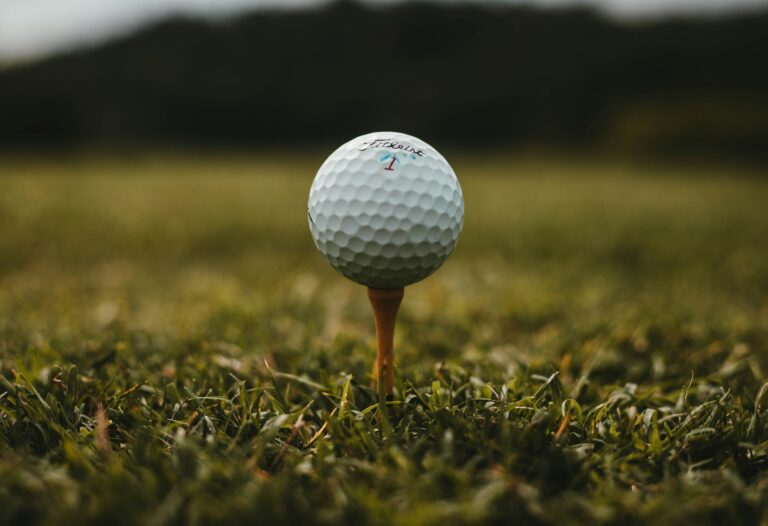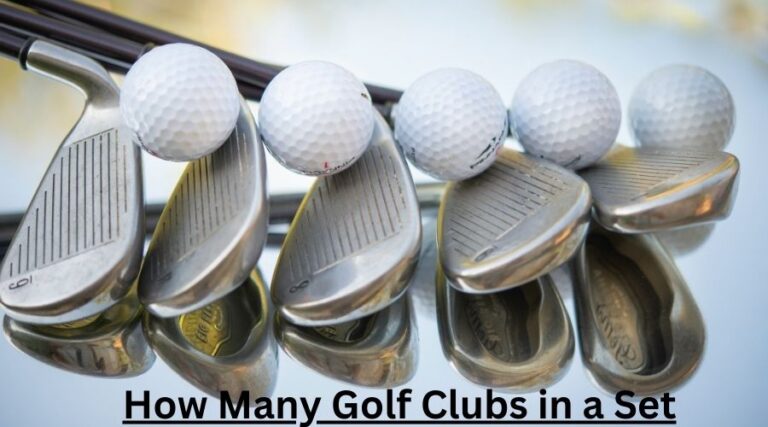A golf glove should last around 10 rounds before it needs to be replaced. However, this may vary depending on the individual and the conditions in which they play.
It’s important to invest in a quality glove made from durable materials such as Cabretta leather or synthetic suede to ensure it lasts as long as possible. Rotating gloves during play and storing them in a cool, dry place away from direct sunlight can also help prolong their lifespan.
We’ll explore the factors that affect the lifespan of a golf glove and provide tips on how to make them last longer. Whether you’re a seasoned pro or a beginner, taking care of your golf gloves can save you money in the long run and improve your performance on the course.
Contents
Introduction To Golf Glove Longevity
Discover the secret to maximizing your golf glove’s lifespan. Typically, a glove lasts around 10 rounds, but quality materials like Cabretta leather can extend durability. Extend glove life by rotating pairs and storing them in a cool, dry place after play.
A golf glove is an essential piece of equipment that provides golfers with a better grip and control over their clubs. However, the longevity of a golf glove is a common concern for many players. Understanding the factors that affect glove durability and the typical lifespan of a golf glove can help golfers make informed decisions about when to replace their gloves.
Factors Affecting Glove Durability
Several factors can impact the durability of a golf glove, including:
- Frequency of use
- Quality of materials
- Environmental conditions
- Proper care and maintenance
Typical Lifespan Of A Golf Glove
The typical lifespan of a golf glove can vary depending on the frequency of use and the quality of the glove. In general, a golf glove can last for approximately 10 rounds of play before showing signs of wear and tear. However, this lifespan can be extended with proper care and maintenance, such as rotating gloves during play, patting them dry after use, and storing them in a cool, dry place away from direct sunlight.
Material Matters
Benefits Of Cabretta Leather
Cabretta leather is highly regarded for its exceptional softness, durability, and grip, making it a popular choice among golfers. Its natural characteristics provide a comfortable feel and excellent control over the club.
Synthetic Materials Vs. Natural Leather
When considering synthetic materials versus natural leather for golf gloves, it’s important to weigh the pros and cons. While synthetic gloves may offer increased durability and resistance to moisture, natural leather like Cabretta leather provides superior feel, grip, and breathability.
Signs Of Wear And Tear
A golf glove is an essential piece of equipment that can greatly affect your game. It provides grip, comfort, and protection to your hand, ensuring a consistent and reliable swing. Over time, however, the glove will inevitably show signs of wear and tear, affecting its performance and durability. Identifying these signs is crucial in determining when it’s time to replace your golf glove.
Identifying Worn-out Gloves
Recognizing the signs of wear and tear on your golf glove is essential for maintaining your performance on the course. Here are some common indicators that your glove may need replacing:
- Loss of grip, leading to slipping of the club
- Visible holes or tears in the palm or fingertips
- Shrinking of the glove, causing discomfort and restricted movement
- Excessive dirt and grime buildup, affecting the glove’s texture and feel
Common Damage Points
Understanding the typical areas of damage on a golf glove can help you anticipate wear and tear and take preventative measures. Common damage points include:
- The palm and fingertips, which endure the most friction during the swing
- The closure tab, which may lose its adhesive strength over time
- The thumb and knuckles, prone to stretching and tearing with repeated use
Maintenance Tips
To maximize the lifespan of your golf glove, consider replacing it after around ten rounds. Invest in a quality glove made from durable materials like Cabretta leather for better control and longevity. Rotate gloves during play, pat them dry post-use, and store them in a cool, dry place to extend their life.
Cleaning Your Golf Gloves
Regular cleaning is essential to extend the lifespan of your golf gloves. Use a mild soap and lukewarm water to gently wash the gloves. Avoid using harsh chemicals or bleach as they can damage the material. After washing, gently pat the gloves with a towel to remove excess water and allow them to air dry completely.
Proper Storage Practices
Storing your golf gloves properly is crucial to maintain their quality. After each use, ensure that the gloves are completely dry before storing them. Avoid leaving them in direct sunlight or in damp areas, as this can cause the material to degrade. Ideally, store the gloves in a cool, dry place to prevent any damage.
Extending Glove Life
Golf gloves are an essential piece of equipment that can significantly impact your game. To get the most out of your investment, it’s important to extend the lifespan of your golf glove through proper care and maintenance. By implementing a few simple strategies, you can maximize the durability of your glove and ensure it provides optimal performance round after round.
Rotating Gloves During Sessions
Rotating your golf gloves during play and practice sessions is a smart way to prolong their lifespan. By alternating between multiple gloves, you allow each one to dry thoroughly and regain its shape, preventing excessive wear and tear. This practice not only extends the life of your gloves but also ensures that you always have a dry, comfortable glove to wear during your game.
Avoiding Common Damaging Practices
To maximize the longevity of your golf glove, it’s crucial to avoid common damaging practices that can accelerate wear. One of the main culprits is exposure to moisture. After use, it’s important to pat your glove dry and store it in a cool, dry place away from direct sunlight. Additionally, refrain from storing your gloves in a dank basement or the trunk of your car, as these environments can lead to premature deterioration of the material.
Impact Of Usage Frequency
The frequency of usage is an important factor when it comes to determining how long a golf glove should last. On average, a glove can perform well for around ten rounds before needing replacement. However, this varies based on individual differences and playing environments.
To extend the lifespan of a glove, rotating gloves during play and storing them in a cool, dry place can help. Choosing a quality glove made from durable materials like Cabretta leather or synthetic suede can also increase its longevity.
Effects Of Regular Play On Glove Lifespan
Regular play has a significant impact on the lifespan of a golf glove. The frequency of use directly affects the wear and tear on the glove’s material, particularly the areas that come into contact with the club and the golfer’s hands. Over time, frequent use can lead to the development of holes, tears, and a decrease in grip effectiveness.
Comparing Practice Vs. Competitive Use
When comparing practice and competitive use, it’s important to note that competitive play often involves more intense and focused usage of the golf glove. The pressure to perform well during competitive rounds can lead to increased wear on the glove, potentially shortening its lifespan compared to practice sessions. Additionally, the mental and physical stress of competition can accelerate the deterioration of the glove material.
Choosing The Right Glove
When it comes to golf gloves, selecting the right one is crucial for both performance and longevity. The right glove should provide a comfortable fit and a secure grip, ultimately enhancing your game on the course.
Factors To Consider When Buying
- Material: Opt for durable materials like Cabretta leather or synthetic suede.
- Fit: Ensure a snug fit without being too tight or loose.
- Weather: Consider the climate you usually play in for the appropriate glove thickness.
- Price: Invest in a quality glove that may be pricier but will last longer.
How Fit And Grip Affect Durability
The fit of your golf glove directly impacts its durability. A glove that fits well reduces wear and tear, prolonging its lifespan. Additionally, a proper grip ensures the glove doesn’t shift during your swing, preventing premature damage.
When To Replace Your Golf Glove
Golf gloves are an essential piece of equipment that can significantly impact your game. Over time, your golf glove will naturally wear out, affecting your performance on the course. Knowing when to replace your golf glove is crucial to maintain a comfortable and secure grip while playing. Here are some key indicators to help you determine when it’s time to replace your golf glove.
Performance Indicators For Replacement
As you use your golf glove, you may notice certain performance indicators that signal the need for a replacement. Some common signs include:
- Loss of grip traction, causing the club to slip during swings
- Visible wear or holes in the palm or fingertips
- Shrinking or stretching, leading to an improper fit
- Excessive dirt buildup or unpleasant odor
Cost Vs. Benefit Of Frequent Changes
While it’s important to replace your golf glove when necessary, frequent changes can impact your budget. However, the benefits of maintaining a high-performing glove often outweigh the cost. Consider the following factors when evaluating the cost vs. benefit of frequent changes:
- Improved grip and control for more consistent swings
- Enhanced comfort and reduced risk of blisters or discomfort
- Extended lifespan of your golf club grips due to reduced slippage
Ultimately, finding the right balance between cost and benefit is essential to ensure optimal performance on the course.
Frequently Asked Questions
How Often Do You Replace A Golf Glove?
Generally, it is recommended to replace a golf glove after around ten rounds of use. However, this can vary depending on individual differences and the playing environment. To extend the lifespan of a golf glove, it is best to invest in a quality glove made from durable materials like Cabretta leather or synthetic suede and to rotate gloves during play and practice.
Additionally, gloves should be patted dry after use and stored in a cool, dry place away from direct sunlight.
Do More Expensive Golf Gloves Last Longer?
Yes, more expensive golf gloves made from durable materials like Cabretta leather or synthetic suede typically last longer.
How Do You Know When A Golf Glove Is Done?
You know a golf glove is done when it has holes, shrinks, gets dirty, or after ten rounds.
How To Extend The Life Of A Golf Glove?
To extend the life of a golf glove, rotate gloves during play and practice. Pat them dry and store in a cool, dry place away from direct sunlight. Invest in quality gloves made from durable materials like Cabretta leather or synthetic suede for longer use.
Conclusion
A golf glove generally lasts around ten rounds before needing replacement. Choosing a quality glove made of durable materials like Cabretta leather or synthetic suede can extend its lifespan. Proper care, such as rotating gloves and storing them away from moisture, can also help prolong their usability.






